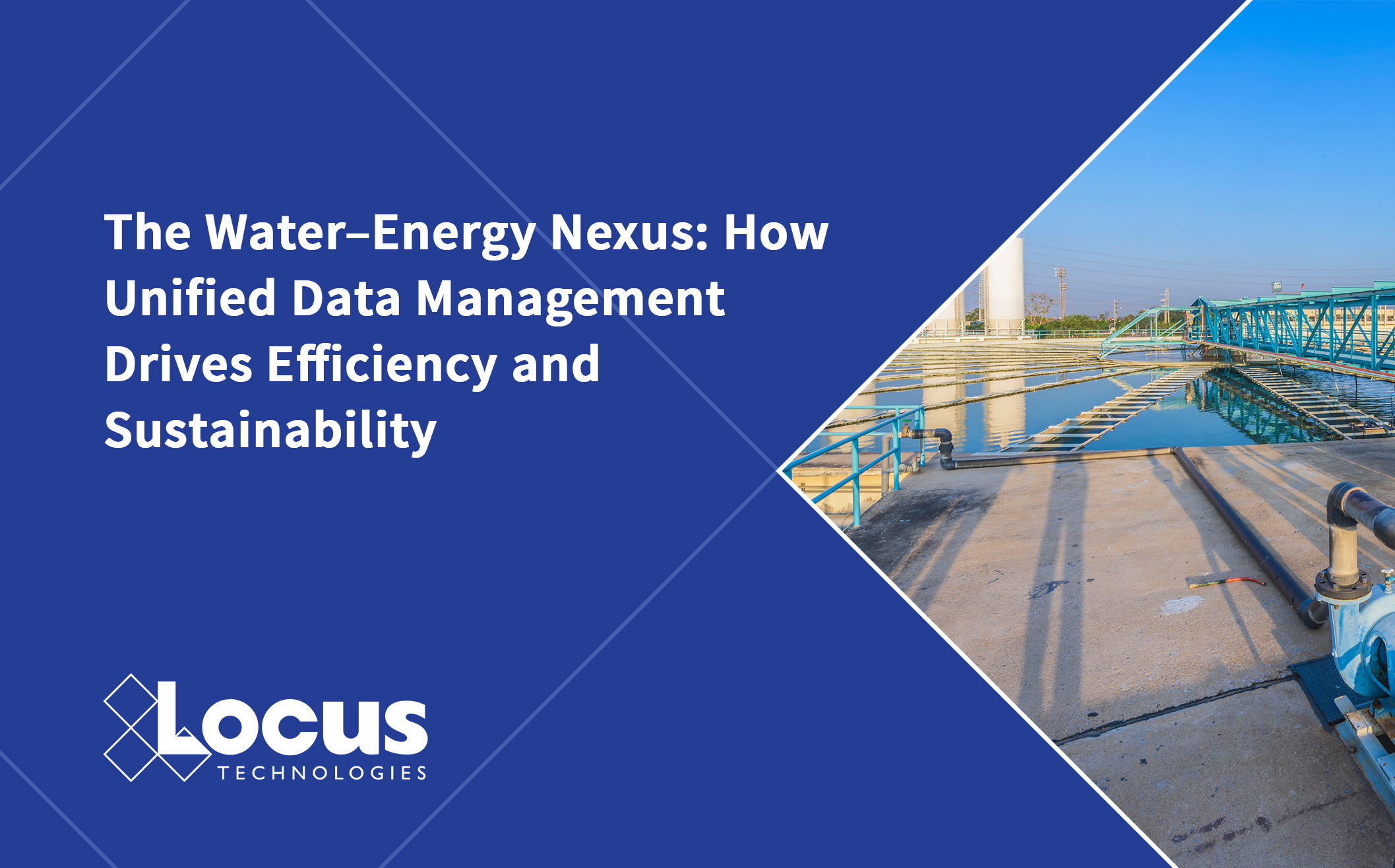Throwback: Turning Silicon Valley’s Environmental Legacy into a Data-Driven Future
By Staff Writer

Reading Time: 3 minutes 37 seconds
Silicon Valley’s Hidden Environmental Legacy
Silicon Valley’s story isn’t only one of innovation, it’s also one of contamination. Beneath the tech industry’s polished surface lies a legacy of leaking underground storage tanks, solvents, and chemicals that have seeped into groundwater for decades.
For Neno Duplan, founder and CEO of Silicon Valley-based Locus Technologies, this hidden problem sparked a mission: to harness data and cloud computing to solve environmental challenges at scale.
In this Throwback Thursday article, we highlight the key topics from Neno Duplan’s appearance on Gary Allen’s KNBR Business Radio show in 2003.
A Different Kind of Silicon Valley Startup
Founded in 1997, Locus Technologies emerged during the dot-com boom, but unlike typical startups chasing internet users, Locus was focused on cleaning up the digital world’s physical footprint.
“We thought it would be beneficial to take some of the same technologies Silicon Valley created and give them back as solutions to their own environmental problems,” says Neno Duplan.
Locus pioneered one of the first cloud-based environmental information management systems (EIM), which was a precursor to today’s integrated EHS and ESG data platforms.
From “Cleanrooms” to Contaminated Groundwater
The semiconductor industry, for all its sleek precision, once relied on harsh cleaning solvents and underground chemical tanks. Many of those tanks leaked, releasing volatile organic compounds (VOCs) into soil and groundwater.
“From the surface everything looks great and fine,” Duplan explains. “But underground, things change rapidly. Once those chemicals get into groundwater, they travel and spread quickly.”
Those leaks made their way into irrigation systems and, eventually, the food chain: revealing the need for robust environmental monitoring, data management solutions, and compliance reporting.
Blending Science, Engineering, and Information Technology
Environmental remediation is not just engineering; it’s a data challenge. Locus software integrates environmental science, hydrogeology, chemistry, and computer science to help organizations detect, clean, and monitor contamination.
“The similarities to healthcare are striking,” says Duplan. “First you diagnose, then you prescribe the least painful remedy (financially and environmentally), and finally, you monitor to make sure the issue doesn’t come back.”
The Locus EIM platform enables real-time access to sampling data, treatment performance, and regulatory reports — all centralized in the cloud.
Managing the Avalanche of Environmental Data
Modern instruments can measure contaminants at parts-per-trillion levels, equivalent to three seconds in a century. That precision produces enormous volumes of data.
“You need a very good database to store and make sense of it all,” Duplan notes. “That’s where our technology comes in.”
Locus’s software automates data collection from sensors, field teams, and laboratories, and transforms it into actionable intelligence for compliance and decision-making.
From Superfund Sites to Smart Cloud Systems
By digitizing and automating environmental workflows, Locus reduces the need for manual data entry and streamlines communication between clients and regulators.
With cloud platforms and remote access, organizations can:
- Monitor treatment systems in real time
- Manage environmental compliance across multiple sites
- Submit regulatory reports electronically.
This approach has made Locus a trusted partner for some of the world’s largest corporations, including Fortune 500 companies in energy, manufacturing, and technology.
Uncovering the Next Generation of Environmental Risks
While much cleanup has focused on industrial sites, Duplan points to new challenges: low-level, wide-spread, almost invisible by human senses, diffuse contamination from pesticides, herbicides, and consumer products.
“We still don’t have clues about what’s causing high cancer rates in certain areas,” he says. “It may not be one big polluter, but many small sources. Measuring technologies are finally getting to the point where we can start to find answers.”
With data integration and advanced analytics, Locus aims to connect those dots, and help prevent future environmental crises before they start.
Resilient Business, Essential Mission
Environmental work continues regardless of economic cycles. “Groundwater systems have to keep pumping whether the market is up or down,” says Duplan.
That stability has allowed Locus to maintain steady growth. Many clients now see environmental cleanup not as a cost center but as a long-term value strategy, reducing liability and improving sustainability reporting.
“The smart companies invest capital to remove the problem rather than live with it as a liability,” Duplan emphasizes.
The Future of Environmental Data Management
As artificial intelligence, automation, and IoT sensors evolve, the future of EHS and ESG data management will depend on smart systems that can analyze, predict, and optimize environmental performance.
Locus continues to invest in these technologies, helping customers move from compliance to proactive sustainability.
“Our focus is on reducing costs, improving insight, and shortening the time from discovery to solution,” says Duplan. “We’re not just cleaning up the past—we’re shaping a cleaner future.”
Key Takeaways
- Data is the new environmental tool. Locus uses its cloud platform to unify complex environmental data and improve decision-making.
- Pollution is both visible and invisible. Many modern challenges lie in low-level, diffuse contamination that only data can fully reveal.
- Innovation drives sustainability. Locus applies Silicon Valley technology to solve Silicon Valley’s own environmental legacy.
Locus is the only self-funded water, air, soil, biological, energy, and waste EHS software company that is still owned and managed by its founder. The brightest minds in environmental science, embodied carbon, CO2 emissions, refrigerants, and PFAS hang their hats at Locus, and they’ve helped us to become a market leader in EHS software. Every client-facing employee at Locus has an advanced degree in science or professional EHS experience, and they incubate new ideas every day – such as how machine learning, AI, blockchain, and the Internet of Things will up the ante for EHS software, ESG, and sustainability.



